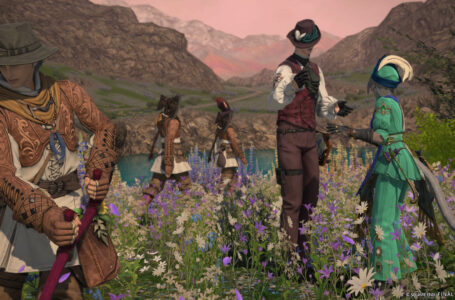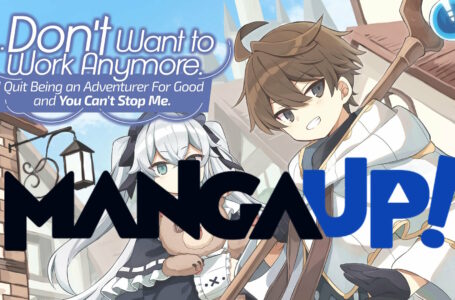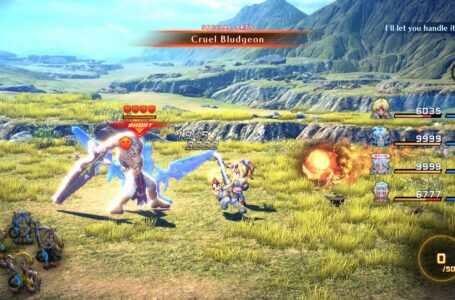Theatrhythm: Final Bar Line is a masterclass in how to make a music game with broad appeal
Theatrhythm: Final Bar Line is finally here, and to no-one’s surprise after the substantial demo wowed everyone, it’s ended up being rather excellent. So today I’d like to take a closer look at the final game, and show some appreciation for its successful attempts to create a game that has broad, near-universal appeal — something that is not easily achieved in today’s age.
On the off-chance you’re unfamiliar, Theatrhythm: Final Bar Line is the third — and, supposedly, final — entry in Square Enix’s music game series that primarily focuses on music from the Final Fantasy franchise. The base game for Theatrhythm: Final Bar Line features nearly 400 pieces of music drawn from across the entire Final Fantasy series of games and its numerous spinoffs, and the DLC that will be trickled out over the course of three Season Passes’ worth of extra music includes songs from SaGa, Nier, Mana, The World Ends With You and numerous others.
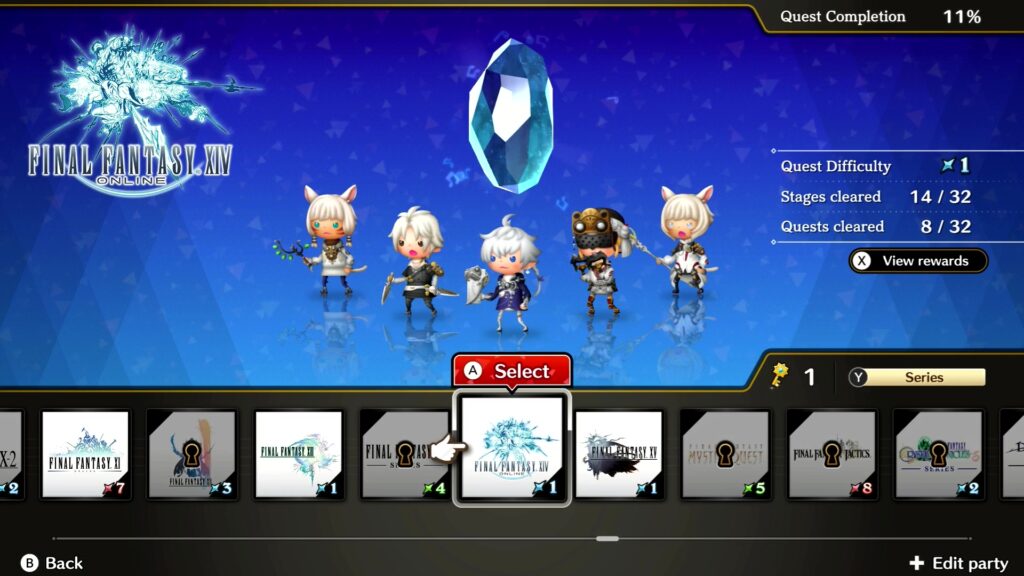
The core gameplay is similar to other Japanese music games such as Taito’s Groove Coaster, in that each song features a note chart that requires you to perform various button taps and joystick movements in order to clear various “triggers”. Make it to the end of the song with enough triggers hit with acceptable timing and you clear the song; make too many mistakes and the song will end prematurely.
Theatrhythm adds some interesting layers atop these basic mechanics, but the actual moment-to-moment gameplay never gets more complicated than hitting one or two buttons or moving one or two of the analogue sticks on your controller. In fact, there are even alternative modes that allow you to simplify the inputs further, or pass off some of the responsibilities to a co-op partner. You can also watch a track played on “Auto” mode so you can get a feel for the timing of the triggers, which can be helpful if you’re not familiar with the song in question.
I’ve commented elsewhere before that the best music games make it feel like you’re playing an instrument along with the piece of music you’re listening to, rather than simply slavishly tapping out the beat of the main melody. This is absolutely true in Theatrhythm: Final Bar Line, particularly once you graduate from the Basic difficulty level onto Expert and beyond.
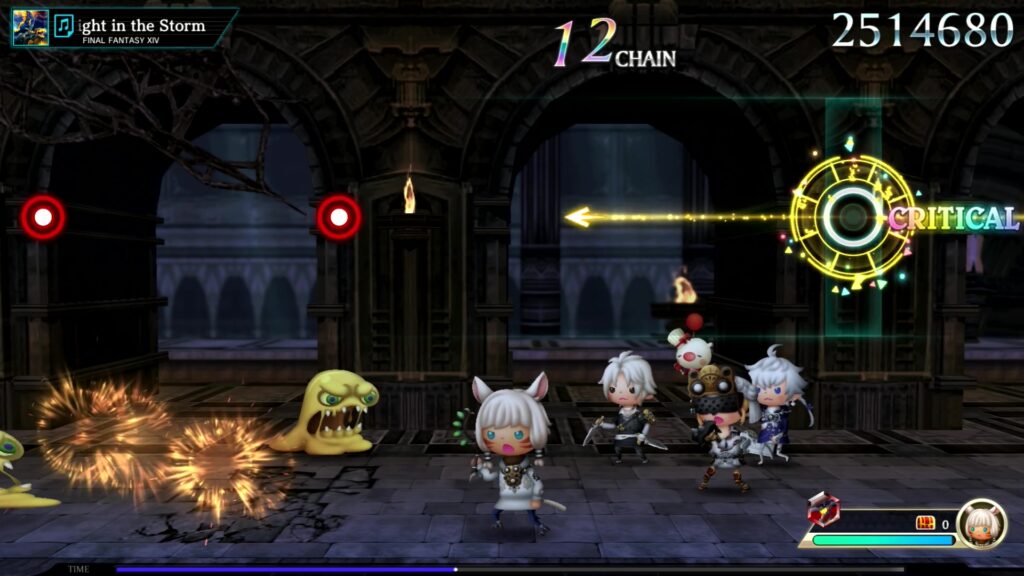
In many cases, the rhythms you’re tapping out feel almost like wotagei chants in that they complement the music rather than simply playing along with it. This is more apparent in some tracks than others, but it’s always a fun feeling — it makes you feel like your contribution is an important part of the overall performance, rather than you sitting behind a screen feebly tapping buttons without having any real impact.
Moreover, the implementation of the music game mechanics is really solid. You can display optional on-screen information about your timing and button inputs, and the game’s scoring system — in which 10 million points are available for each and every track — allows you to judge your accuracy with an impressive degree of granularity, particularly when coupled with the graphical “Critical Chart”, which shows which of each song’s 20 distinct sections you managed to perform with perfect timing.
Had Theatrhythm: Final Bar Line simply stopped there and remained as a solid music game with a wealth of Final Fantasy-themed tracks to enjoy, it would have been good enough. But the wonderful thing about this game is that it’s so much more than just that — and, moreover, the game places no kind of obligations on players to engage with the parts they’re not especially interested in. If you want to delve into everything Theatrhythm: Final Bar Line has to offer, there’s a lot of depth to involve yourself with; if you just want to play it as the Final Fantasy Rhythm Game, you can do that too.
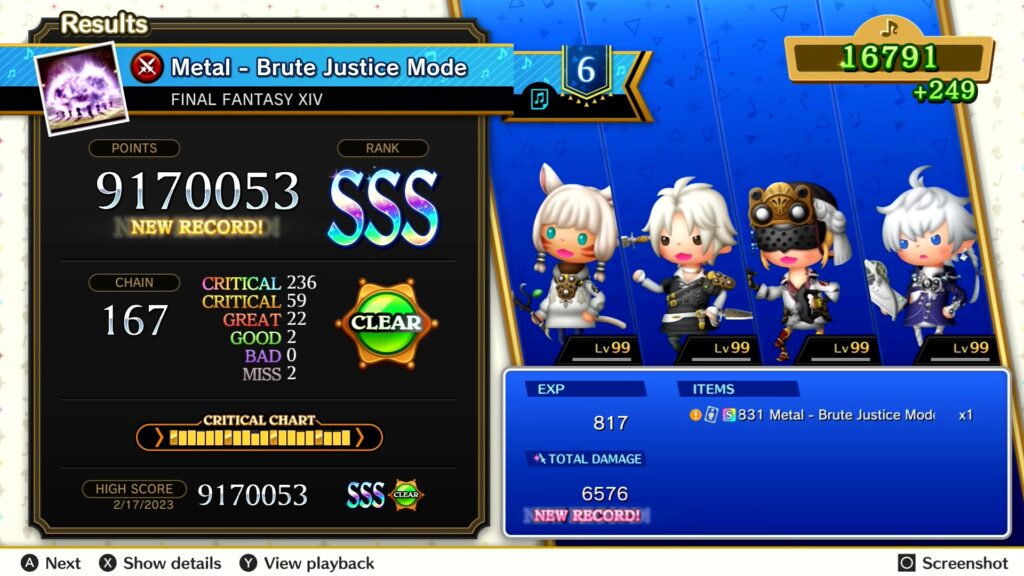
Core to these additional layers is Theatrhythm: Final Bar Line’s RPG-style mechanics, in which you form a party of up to four characters to take into each music track, and their stats, level and abilities determine how quickly they can move in Field Music Stages (FMS) and how they perform in Battle Music Stages (BMS).
Unlocking characters is a simple matter of unlocking the various series entries in the game’s main single-player Series Quest mode. You get one free key to start the game with whichever individual Final Fantasy game’s music you wish, and you receive other keys for reaching milestones (usually the halfway point) in that individual game’s soundtrack. So for example, if you choose to tackle Final Fantasy V first, you’ll need to play enough tracks to reach the milestone and acquire another key before you can unlock the music from another game or series.
It’s worth noting at this point, particularly given Square Enix’s recent history with Chocobo Racing, that Theatrhythm: Final Bar Line is not monetised beyond the DLC packs for additional music. So while the “key” mechanic might feel a bit mobile game-y to some, you can rest assured that it’s not there as a means of extracting money from your pocket; rather, it’s there as a pacing measure to encourage you to check out at least some of the music from each of the available soundtracks before moving on to something else.
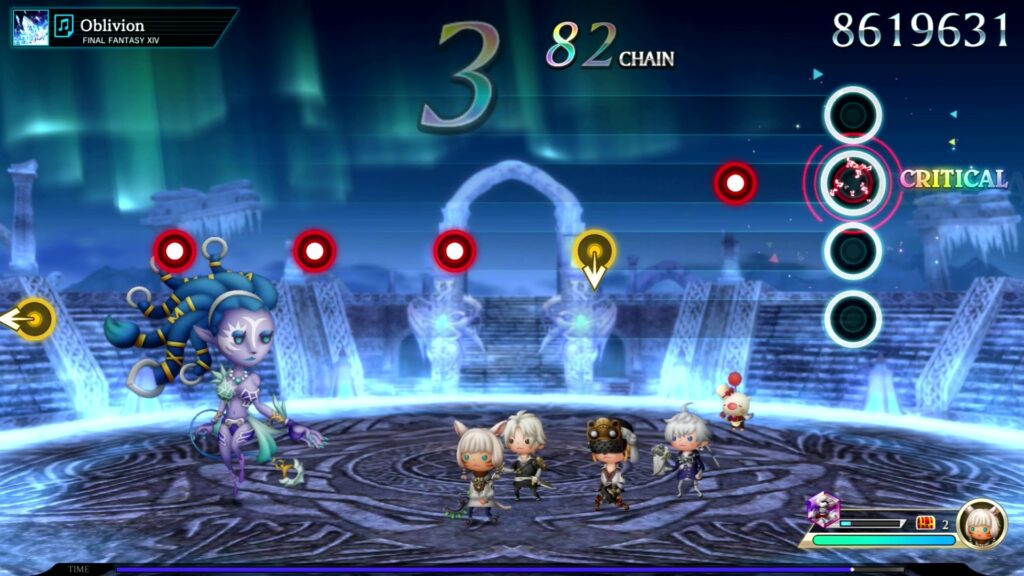
During both FMS and BMS rounds of the game, your characters will move and fight according to their level, stats and abilities. They will earn experience points after each completed stage, and there are items you can acquire to speed this process along. Characters unlock abilities at various level milestones, and can have up to three equipped at any one time, with each ability having distinct trigger requirements such as hitting a certain number of notes or reaching a particular amount of progress through the song.
There are a couple of reasons why these mechanics might be important to some players. Chief among them is the fact that in order to “Complete” a track in Series Quest mode, you need to not only successfully reach the end of the song, but also achieve a particular objective along the way. These usualyl tie into your characters achieving something, such as defeating a particular number of enemies, downing a specific boss, hitting enemy weaknesses or dealing a certain amount of damage before the song concludes.
These quests are completely optional, but they provide an extra layer of depth to the gameplay that completionists will appreciate. Many of them are fairly straightforward — particularly on the more popular soundtracks, which is a nice nod to accessibility — but some require careful strategising as to which party members you bring in, the abilities you equip them with and the level that they have reached.
It’s very satisfying to finally accomplish one of the tougher quests after some careful party management and levelling up — and the long-term objective of Theatrhythm: Final Bar Line is clearly to “Complete” all the games rather than simply “Clearing” them.
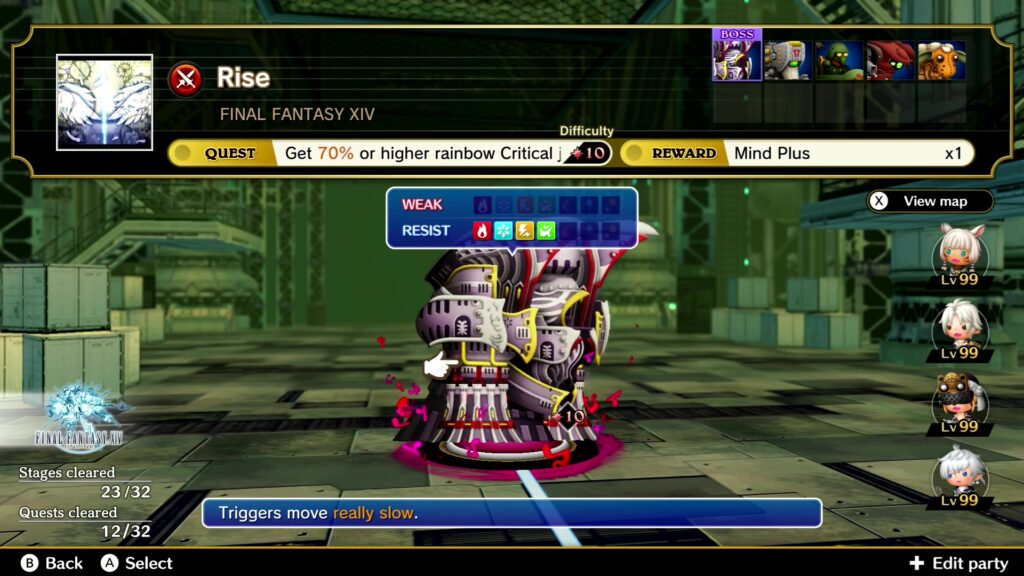
There’s another aspect to the RPG mechanics, too, and that’s simply that the damage you deal in a single song can be looked on as an alternative scoring mechanic. While the “out of 10 million” rating is always calculated in the same way regardless of character status and is thus a measure of nothing other than your rhythmic accuracy (except in multiplayer — we’ll get to that), the total damage you achieve in a song is a combination of your rhythmic accuracy (since without hitting triggers you won’t hit enemies) and how good a job you’ve done setting up your party for the challenges ahead of them.
It’s an interesting meta-challenge — and, again, one that you can ignore if it’s of no interest to you.
Atop all this, there’s also a collectible card game going on, where you receive cards for achieving various things in the game, as well as through random drops from defeated enemies. Many of these cards are simple series fanservice, but the character cards in particular actually provide stat buffs to the depicted characters, making them desirable to collect if you want to get the best out of the RPG-style mechanics along the way and clear the more difficult quests you encounter.
Once again, it’s worth emphasising that there’s no “lootboxes” or other monetisation going on in Theatrhythm: Final Bar Line, and that is something that is very much to be commended. It would have been easy for Square Enix to implement the ability to buy booster packs of cards with real money — but they haven’t done that (yet, anyway — let’s hope it stays that way) and thus these collectible cards become rewards for ongoing engagement with the game rather than a cynical sign of how deep your pockets are.
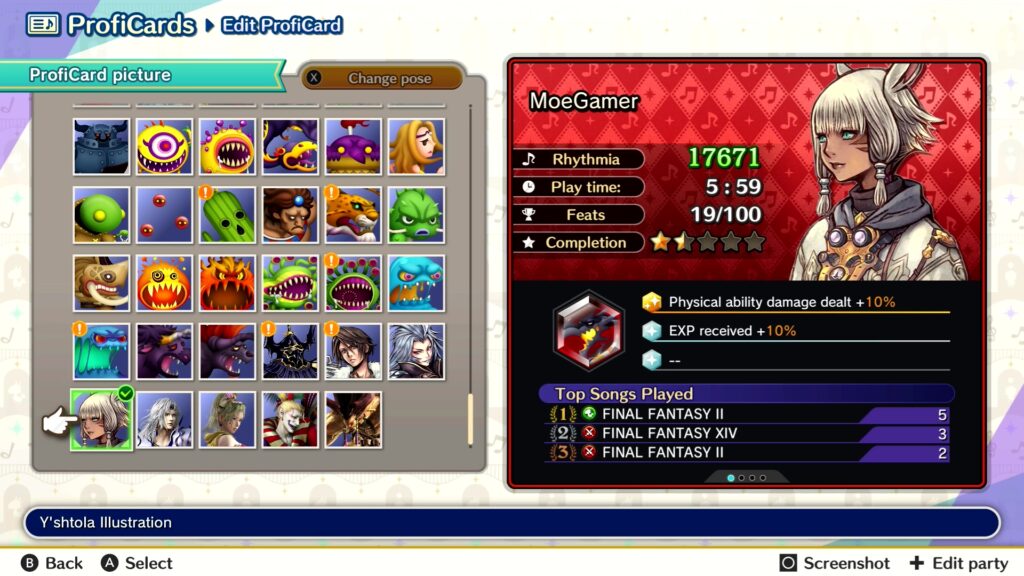
Alongside the collectible cards, other forms of loot you can acquire through gameplay include new pictures with which to customise your online ProfiCard, which can be traded with other players, as well as new Summon Stones, which not only provide both passive and active benefits during gameplay, but which can also be attached to your ProfiCard and traded with other players online. This feels very much like a feature that would have been implemented with StreetPass on the 3DS (and indeed previous Theatrhythm games included StreetPass features) — but given the nature of the Switch it makes a lot more sense for it to be entirely handled over the Internet.
ProfiCards can either be exchanged with other players through a dedicated trading option, or automatically exchanged following a multiplayer match, which is probably the main means through which you’ll acquire them. And the multiplayer mode is a lot of fun, potentially providing a lot of longevity to a game that will already keep you busy for many, many hours even if you only play every track once.
The way the multiplayer mode works is that up to four players join a lobby and pick a BMS track. One of the four chosen tracks is then picked by the game, and all four players play the track simultaneously, with a live score update always visible in the corner of the screen to give you an idea of your ranking alongside your opponents.
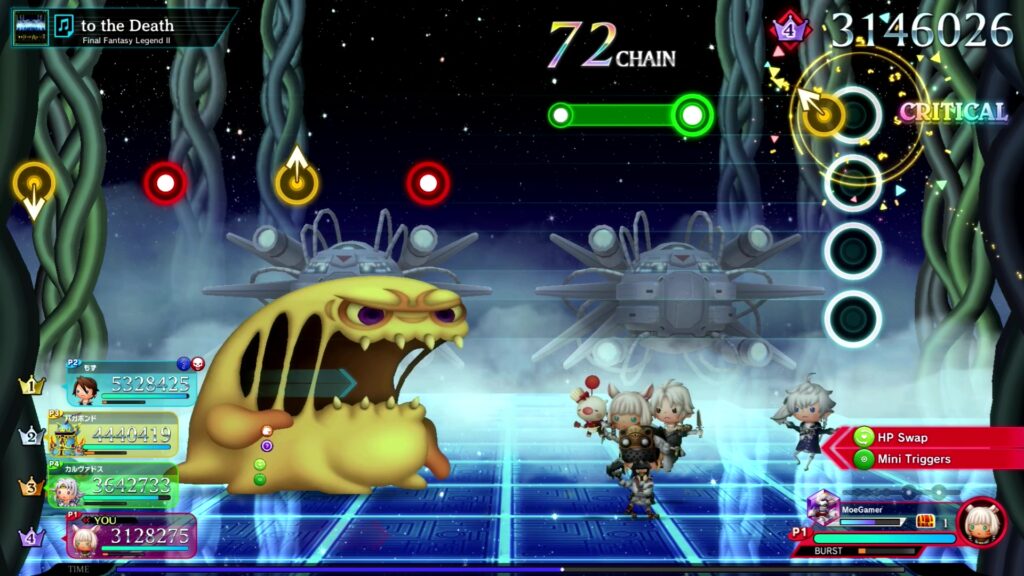
To make things interesting, the multiplayer mode introduces a mechanic called Bursts, which means that as you defeat enemies in the BMS system, you’ll unleash abilities that can have a negative effect on the other players in the match. You can slow down their point-earning potential, insert fake triggers into their note charts and generally wreak havoc with their progress in various ways. It’s a lot of fun, and all very good-natured; in the grand tradition of most family-friendly console games, players can only communicate with one another through preset phrases — though there is a degree of customisation in that these appear to vary slightly according to which character you have as your party leader.
I’ll say it again at this point: the masterful thing about Theatrhythm: Final Bar Line is that everything we’ve talked about today aside from the core “tapping out rhythms to Final Fantasy songs” bit is completely optional. If all you want is a Final Fantasy music game, you’ve got it. But if you want something with more depth, or the opportunity to be directly competitive with others, or something that rewards completionist tendencies, or a game about strategic deckbuilding… you’ve got all those things too. But only if you want them.
Some may argue that all the extra stuff atop the basic mechanics is unnecessary fluff. And that’s perhaps true, because as previously noted, I think most people would have been more than happy with nothing more than a Final Fantasy music game. But the great thing about Theatrhythm: Final Bar Line is that it allows you to enjoy it however you want. Chances are, a lot of people coming to this game are going to be into the RPG-style mechanics by the very nature of its subject matter — and so it’s there for them to enjoy if they want to, and those who don’t want to aren’t punished.
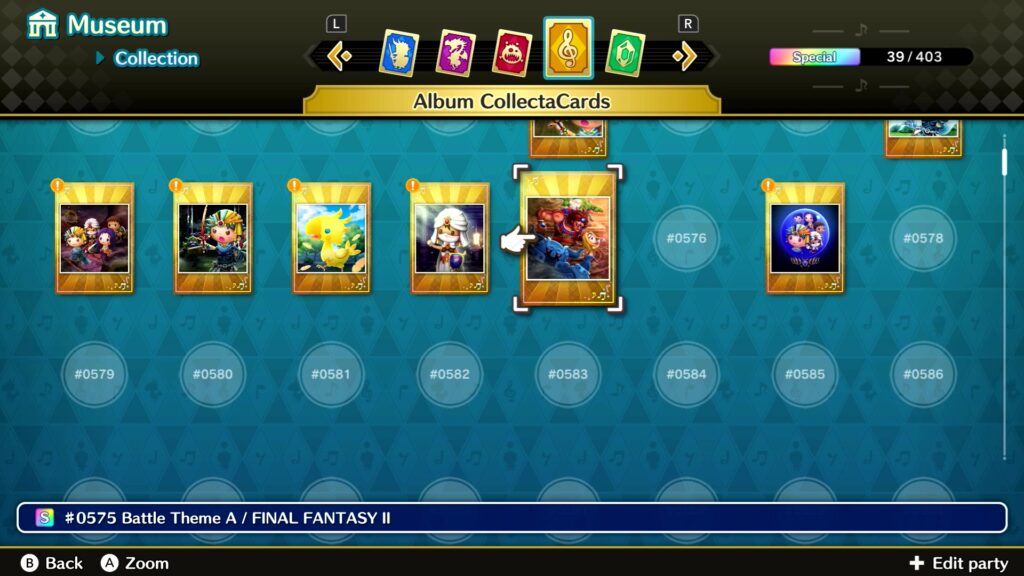
It’s generally better to have more options than fewer, particularly if there’s no fixed “best” way to enjoy the game. And Theatrhythm: Final Bar Line sets an exceptionally high standard in that regard. If, indeed, this is the last entry in the series, Square Enix have certainly found a means of letting it go out with a bang.
Join The Discussion
Rice Digital Discord
Rice Digital Twitter
Rice Digital Facebook
Or write us a letter for the Rice Digital Friday Letters Page by clicking here!
Disclosure: Some links in this article may be affiliate links, which means we may earn a small commission if you make a purchase after clicking on them. This is at no additional cost to you and helps support Rice Digital!
- Letter from the Editor: passing the torch - June 30, 2023
- Super Woden GP 2 is looking promising - June 30, 2023
- Inti Creates is making a 32 bit-style Love Live action platformer - June 26, 2023




